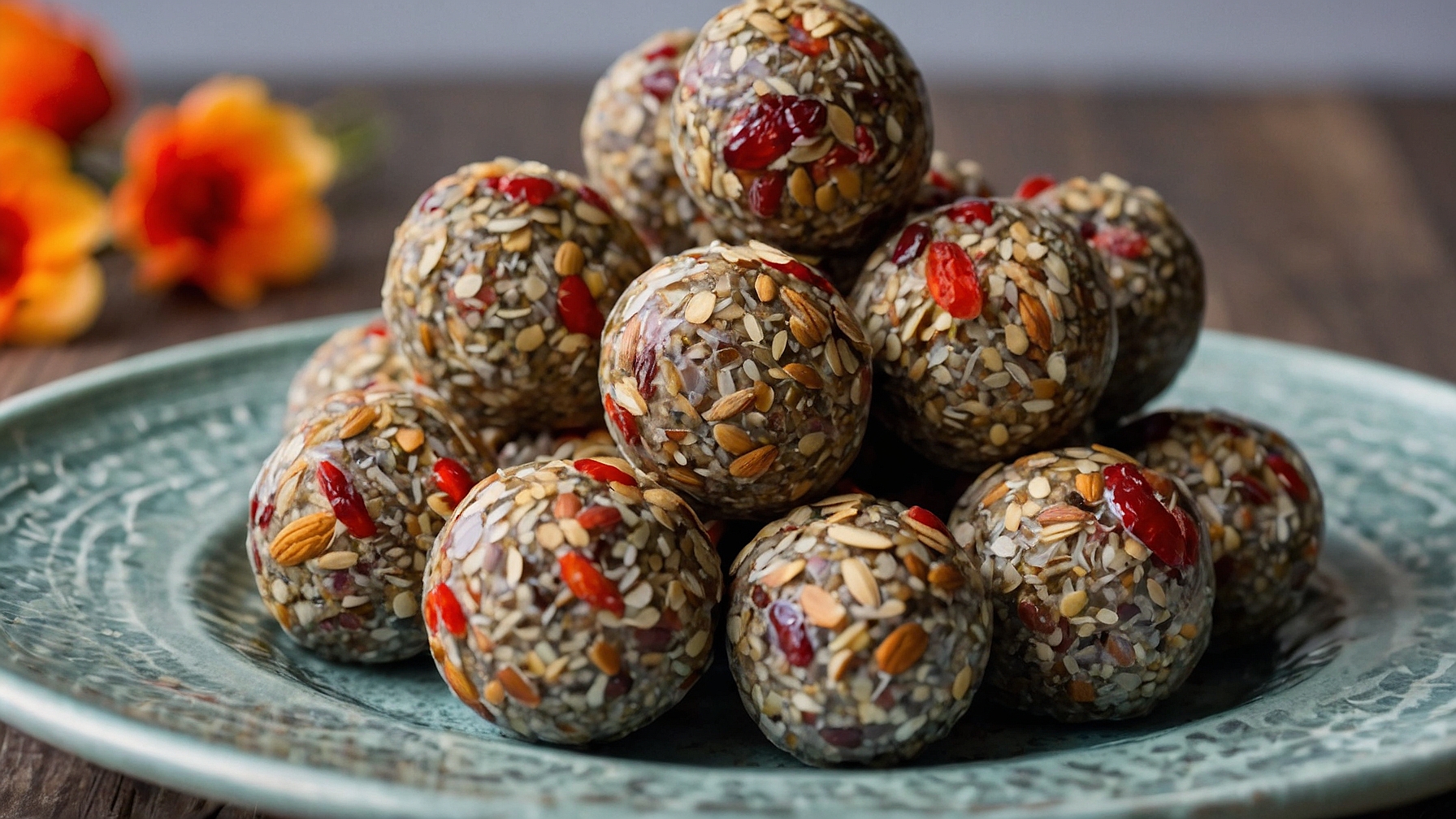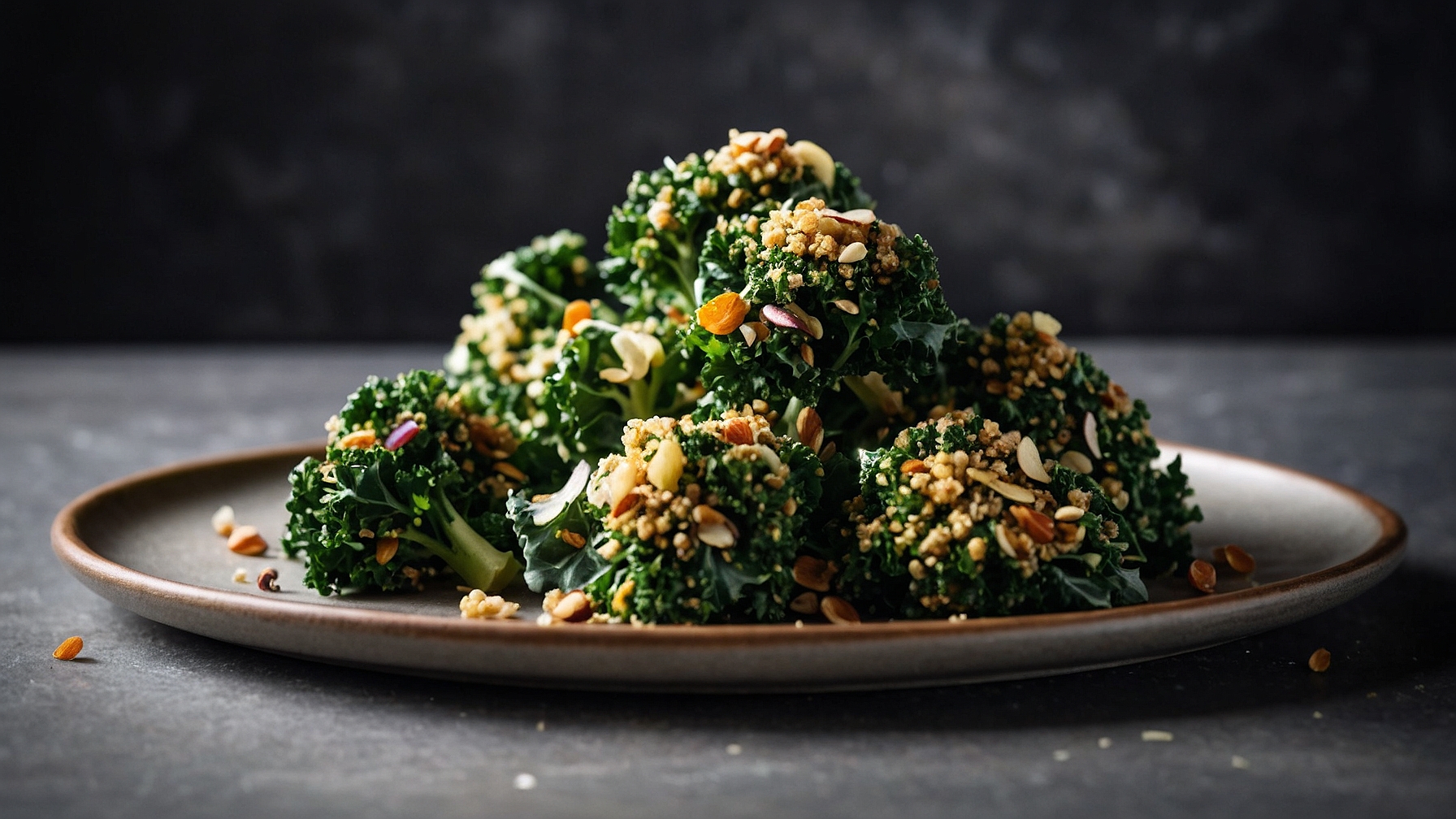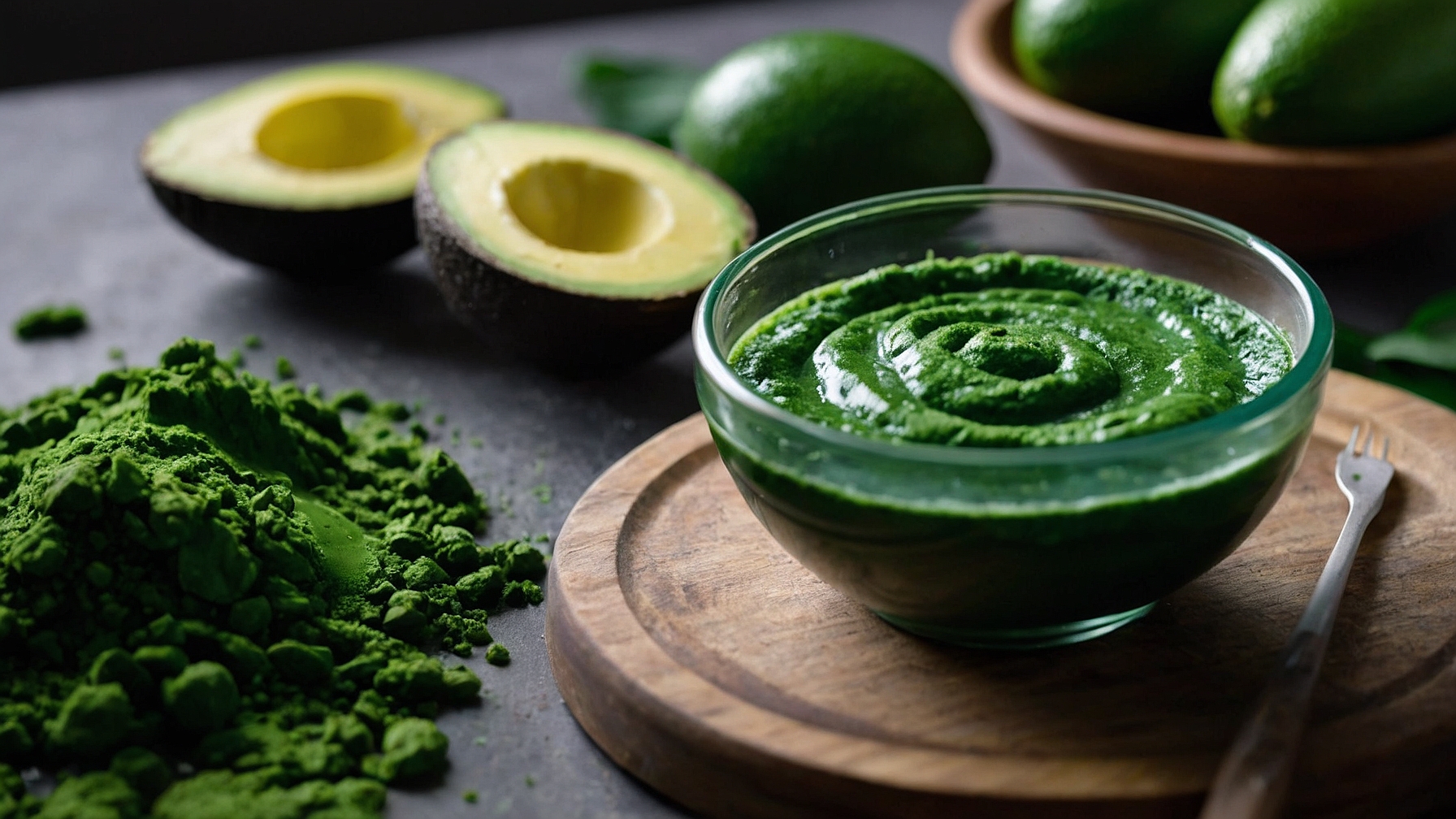Best Hydroponics Systems: Top Picks for Sustainable Indoor Gardening
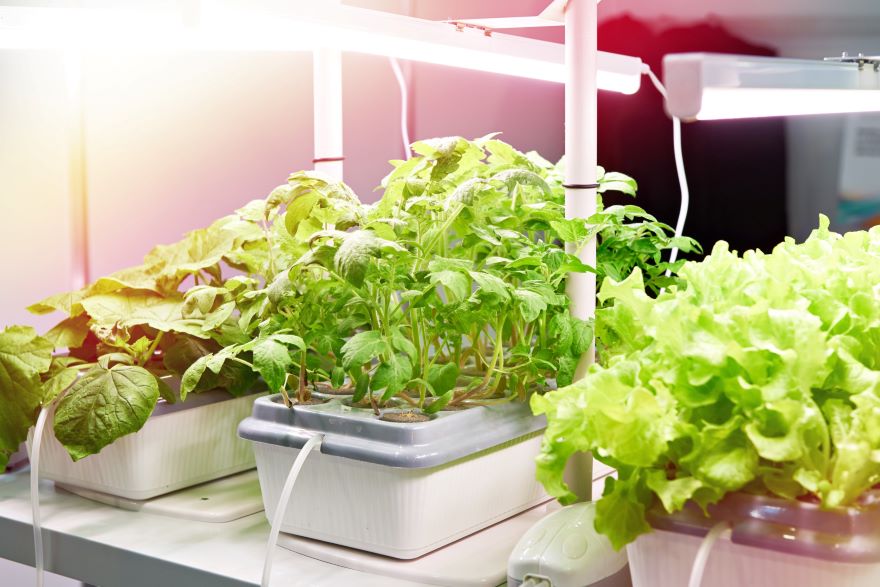
Hydroponic systems have revolutionized the way we grow plants, allowing for soilless cultivation through nutrient-rich solutions. This method of planting not only optimizes space but also results in faster growth and higher yields when compared to traditional soil gardening. Hydroponics removes common soil-borne diseases and weeds, providing a controlled environment for your plants. With advances in technology, there is a variety of systems available, ranging from simple wick setups for beginners to sophisticated aeroponic units for the more advanced gardener.
When choosing the best hydroponics system, one must consider factors such as the type of plants being grown, the space available, and one’s level of expertise. Key components to evaluate include the system’s design, scalability, type of growing medium, and the quality of pumps and lights, if included. The size and number of plants you wish to grow will largely influence the type of system needed, as will your commitment to maintenance; some systems require more attention than others.
We have taken the time to analyze and test a variety of the best hydroponics systems to determine which ones perform best under different conditions and requirements. By comparing ease of use, efficiency, and overall sustainability, we aim to guide you towards making the best decision for your indoor gardening endeavors. Our goal is to ensure your planting journey is enjoyable and fruitful. After careful consideration, we’ve compiled our findings on the most reliable hydroponic systems that cater to various needs and skill levels.
Top Hydroponic Systems for Your Indoor Garden
In our search for efficiency and sustainability in home gardening, we’ve compiled a selection of hydroponic systems that stand out for their quality, ease of use, and high yield potential. These systems cater to both beginners and seasoned growers, allowing for soil-free cultivation with complete control over nutrient delivery and environmental conditions. Whether you’re looking to grow herbs, vegetables, or ornamental plants, our picks provide various options to suit your space and gardening goals.
GardenCube Hydroponics Starter

For those looking to kickstart their indoor gardening journey, this kit proves to be a comprehensive choice, providing value and compatibility with other systems.
Pros
- Comprehensive set with ample supplies for starters
- Easy transplanting to outdoor soil
- Versatility in growing a range of plants
Cons
- Some seeds may require specific germination temperatures
- May receive more supplies than one has space for
- Off-brand fit might not match all systems perfectly
Our experience with the GardenCube Hydroponics Starter has been quite positive. Assembling the setup was a breeze, allowing us to get our indoor garden up and running in no time. The quality of the materials provided instilled confidence in us; the plant baskets and grow domes are durable, ensuring they can be reused. Working with the grow sponges was particularly satisfying; they create a robust root environment that really encourages plant growth.
The compatibility of the kit with different hydroponic systems also stood out during our use. We found no issues integrating these parts with our existing setup, which was a relief. It’s flexible and caters to a broad spectrum of indoor growers, which is excellent for those who may have started with a different brand but are looking for an upgrade or replacement components.
On the practical side, having a surplus of growing mediums and nutrients meant that we were always ready for the next planting cycle. Being able to easily transplant mature plants to outdoor soil was a feature that resonated with our gardening routine, especially when the season allowed for it. Plus, who can resist the charm of fresh herbs grown right in their kitchen?
However, there was a learning curve with seed germination. Some seeds took more effort to sprout, requiring us to experiment with temperatures and methods – an exciting challenge, yet something to be aware of for those new to hydroponics. Additionally, while the abundance of materials is a plus, it did have us pondering over storage solutions. Those with limited space might find this tricky.
To sum up, the GardenCube Hydroponics Starter is a solid pick for anyone venturing into the world of hydroponic gardening. It has equipped us with everything needed for a lush, indoor growing experience and has opened up new avenues for our gardening hobby.
MUFGA Hydroponics System

With the MUFGA Hydroponics System, we found gardening indoors to be simple and efficient, ideal for keeping a variety of plants thriving year-round.
Pros
- Accelerates plant growth with high-performance LED lights
- Supports a range of plant types with a 12-pod capacity
- Easily adjustable height for the growth light caters to plant stages
Cons
- Does not include seeds, which are an additional purchase
- Can require more investment as plants grow larger than the unit
- A malfunction could require contacting customer service
When we first got our hands on the MUFGA Hydroponics System, we were excited about the potential of growing herbs and vegetables indoors, regardless of the season. The 24W LED grow lights provide ample energy for the plants, mimicking the full spectrum of sunlight, which really makes a difference in growth speed.
The system allows for growing up to 12 different plants, and we tested it with basil, cherry tomatoes, and lettuce. The possibility to adjust the light’s height is particularly useful as we noticed that it helped prevent plants from getting leggy.
We appreciated the independent water pump and its circulation system; it’s clear that providing the roots with plenty of oxygen helped our plants stay vibrant and healthy. Plus, the setup was hassle-free, a true plug-and-play experience that we valued.
The fact that seeds aren’t included with the seed pod kit did require us to make an additional purchase before getting started, which was a slight inconvenience. However, once we began growing, the plants shot up at an impressive rate. We did notice that as the plants grew, space became a premium; some of our herbs became too large for the unit and needed pruning or transplanting.
In conclusion, the MUFGA Hydroponics System reigns supreme for anyone who seeks to dive into indoor hydroponic gardening. Our greens grew remarkably well, but be prepared to manage larger plants as they outgrow the space. Should any issues arise, make use of the customer service within the 60-day satisfaction period.
MUFGA 12 Pod Hydroponic System

We found this hydroponic system ideal for anyone looking to grow a variety of plants indoors with ease and efficiency.
Pros
- Promotes rapid plant growth with its efficient 24W LED grow lights.
- Accommodates up to 12 plants, offering variety in a compact space.
- Features an adjustable light height, which is superb for plants at different growth stages.
Cons
- Does not come with seeds, so there’s an extra step before starting your garden.
- Plants may outgrow the space, necessitating regular pruning or additional investment.
- Some users may experience difficulty in reaching customer service for support.
After setting up the MUFGA 12 Pod Hydroponic System in our home, we instantly noticed the sleek design that easily fits into our kitchen decor. Being able to plant a wide selection of herbs and vegetables felt empowering, especially as we watched them sprout rapidly under the full spectrum LED grow lights.
The user-friendly touch of being able to adjust the lighting arm to accommodate our plants as they grew taller was something we particularly appreciated, ensuring that all our greens received an optimal amount of light throughout different growth phases. The promise of quicker growth compared to soil gardening held true, which was delightful.
We were quite impressed with the integrated water pump – it’s not too noisy and does an excellent job circulating water, which is crucial for the hydroponic process. This feature maintained the oxygen levels in the water, keeping our plants healthy and thriving.
While the process overall has been a breeze, it’s important to note that managing plant growth is key. A little foresight on our end to prune regularly avoided any overcrowding and overgrowth issues. Despite these minor points, we found the MUFGA 12 Pod Hydroponic System to be a fantastic addition to our home gardening projects.
URUQ Hydro Garden

We found the URUQ Hydro Garden to be a game-changer for indoor planting, bringing fresh herbs and vegetables to our kitchen with minimal fuss.
Pros
- Grows plants faster than soil-based methods
- Quiet operation with a smart watering system
- Straightforward setup and easy maintenance
Cons
- Limited to 8 pods, which may not suffice for serious gardeners
- Some may find the initial setup instructions a bit lacking
- Requires consistent electricity for LED lights and water pump
Our experience with the URUQ Hydro Garden was quite fulfilling. Assembling the system felt intuitive, and within no time, we were ready to embark on our indoor gardening adventure. The LED grow light’s adjustable arm eased our subsequent pruning and ensured that all seedlings received ample light.
The whisper-quiet water pump impressed us, running discreetly without disrupting our household. It effortlessly circulated water and nutrients, maintaining a thriving environment for our plant roots. The water shortage indicator provided peace of mind, negating the worry of underwatering.
Cleaning the unit was a breeze, thanks to its detachable parts. The transparent water tank made monitoring water levels simple. While we could only cultivate eight plants at a time, it was quite satisfactory for our countertop garden.
We recommend the URUQ Hydro Garden to individuals and families eager to dip their toes into the world of hydroponics without committing to a larger, more complicated system. It’s especially great for growing fresh basil, lettuce, or rosemary right in the ease of your kitchen.
Buying Guide
Assessing Your Space
Before investing in a hydroponic system, we need to evaluate the space available. Size and layout are critical factors to consider, as systems range from small countertop units to larger, freestanding setups.
- Small Spaces: Look for compact systems.
- Large Areas: Larger systems or expandable options could be suitable.
System Type
There are several types of hydroponic systems, each with its own benefits. Choosing the right one depends on our experience, crop choice, and maintenance preferences.
- Ebb and Flow: Good for beginners, easy to maintain.
- Nutrient Film Technique (NFT): Efficient for greens, requires some experience.
Lighting Needs
Plants require appropriate lighting for growth. We must ensure the system supports sufficient lighting options, especially if natural light is limited.
- Grow Lights: Check compatibility with high-quality grow lights.
Water and Nutrient Management
Efficient water and nutrient delivery systems are vital for plant health. Systems with built-in timers and indicators can simplify maintenance.
- Timers: Automated feeding schedules.
- Indicators: Alerts for low nutrient or water levels.
Material Quality and Durability
The materials used in hydroponic systems affect durability and system hygiene. Food-grade materials are preferable to ensure safe consumption of the crops we grow.
- Material Types: High-quality, non-toxic, and durable materials like PVC or stainless steel.
Budget Considerations
Hydroponic systems come in a range of prices. Set a realistic budget and compare features within this range to make an informed decision.
| Budget Level | Features to Consider |
|---|---|
| Low | Basic features, smaller size |
| Medium | Expandability, automation |
| High | Advanced features, durable build |
By taking these factors into account, we can select the best hydroponic system for our needs, providing us with a satisfying and successful growing experience.
Frequently Asked Questions
In this section, we’ll address common inquiries about hydroponic systems. We’ll explore various types and their benefits, identify which are best for specific plants and conditions, and suggest cost-effective options for home use.
What are the different types of hydroponic systems available and their advantages?
Hydroponic systems range from wick and deep water culture (DWC) to nutrient film technique (NFT), ebb and flow, aeroponics, and drip systems. Each offers unique benefits; for instance, DWC promotes rapid plant growth, while NFT allows for excellent nutrient delivery and oxygenation to the roots.
Which hydroponic system is most suitable for growing herbs indoors?
The most suitable hydroponic system for growing herbs indoors is the Kratky method or a small DWC system. These systems are compact, low-maintenance, and provide a constant water supply, ideal for herbs that thrive in stable conditions.
How do beginner-friendly hydroponic systems compare in terms of ease of use and setup?
Beginner-friendly hydroponic systems like the Kratky method, DWC, and simple wick systems are generally easy to set up and maintain, making them an excellent choice for newcomers to hydroponics. They require minimal technical knowledge and upkeep.
What factors should be considered when choosing a hydroponic system for outdoor use?
When choosing a hydroponic system for outdoor use, consider environmental conditions such as temperature fluctuations, sunlight levels, and susceptibility to pests. Systems like ebb and flow and NFT can be well-suited for outdoor conditions if properly managed.
Which hydroponic system offers the best yield for leafy vegetables like lettuce?
Leafy vegetables like lettuce achieve the best yield with DWC or NFT systems. These systems provide consistent nutrients and oxygenation, essentials for rapid, healthy leaf production.
What are some cost-effective hydroponic solutions for a domestic indoor garden?
For a domestic indoor garden, the Kratky method and simple wick systems are among the most cost-effective hydroponic solutions. They are easy to build with readily available materials and require less equipment, reducing the initial investment.
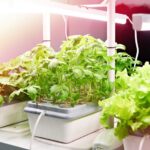
*We may earn a commission for purchases made using our links. Please see our disclosure to learn more.


